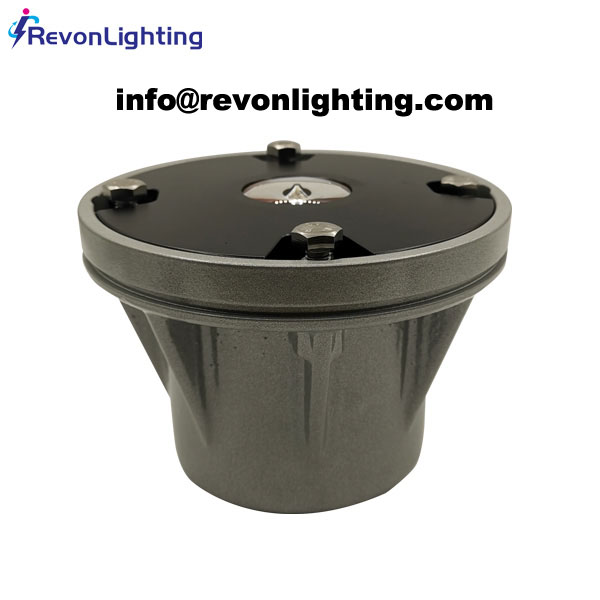FATO Light: Ensuring Safe Aircraft Operations
In the field of aviation, safety is of paramount importance. Every aspect of an airport, including its lighting systems, plays a crucial role in ensuring the safe operation of aircraft. One such lighting system that is essential for safe aircraft operations is the FATO Light.
FATO stands for Final Approach and Takeoff Area, which refers to the designated area at an airport where aircraft conduct their final approach and takeoff procedures. FATO Lights are strategically placed along the edges of the FATO to provide clear visual references for pilots during critical phases of flight.
The primary function of FATO Lights is to enhance visibility and aid pilots in accurately judging the boundaries of the FATO, especially during low visibility conditions. By illuminating the edges of the FATO, these lights help pilots maintain visual orientation, thereby minimizing the risk of runway incursions and other accidents.
FATO Lights are typically installed flush with the surface of the FATO, ensuring an unobstructed runway area. These lights are equipped with high-intensity LED bulbs, which offer several advantages over traditional lighting systems. LED technology provides bright, focused illumination, even in adverse weather conditions or low-light situations. Additionally, LEDs are energy-efficient, have a long lifespan, and generate minimal heat, reducing maintenance costs and ensuring reliable performance.
| FATO Light | FATO Lights |
One crucial feature of FATO Lights is their ability to indicate the status of the runway. Different lighting sequences or colors may be used to communicate whether the runway is open, closed, or temporarily unavailable. This information is essential for pilots, as it allows them to make informed decisions regarding landing or diverting to an alternative location.

Furthermore, FATO Lights are designed to withstand the demanding environmental conditions typically encountered at airports. They are constructed using durable and weather-resistant materials, such as corrosion-resistant metals or impact-resistant polycarbonate. This ensures their longevity and reliable performance, even in challenging climates or high-traffic areas.
In conclusion, FATO Lights are integral components of airport infrastructure that contribute to the overall safety and effectiveness of aircraft operations. By providing clear visual references, indicating runway status, and enhancing situational awareness, these lights help pilots navigate safely during critical phases of flight. With their durable construction, energy-efficient LED technology, and ability to withstand harsh environments, FATO Lights ensure reliable performance and contribute to the seamless and safe operation of airports worldwide.